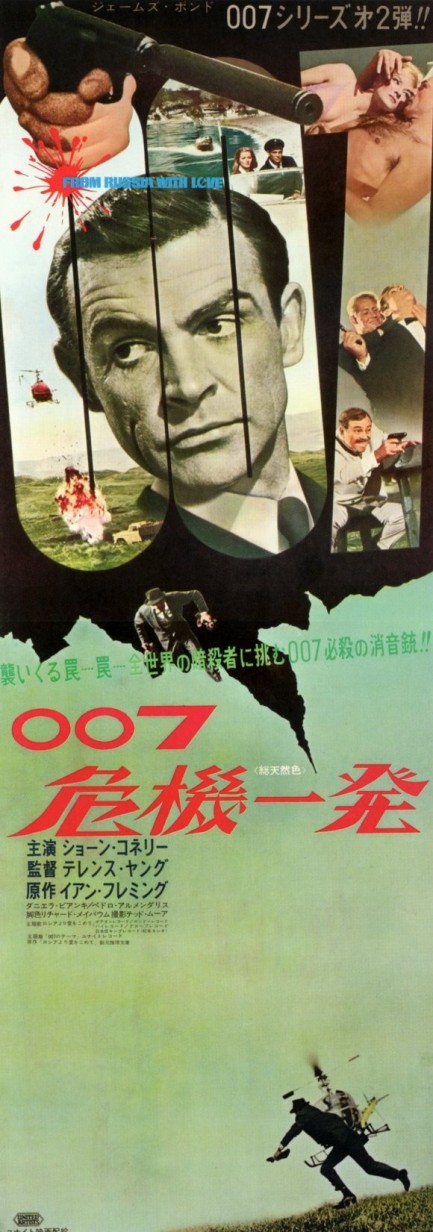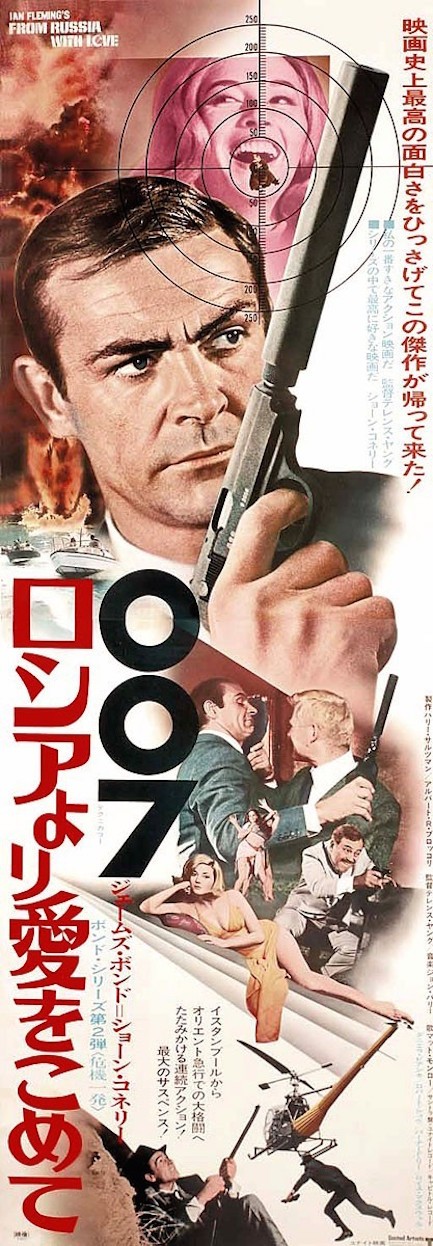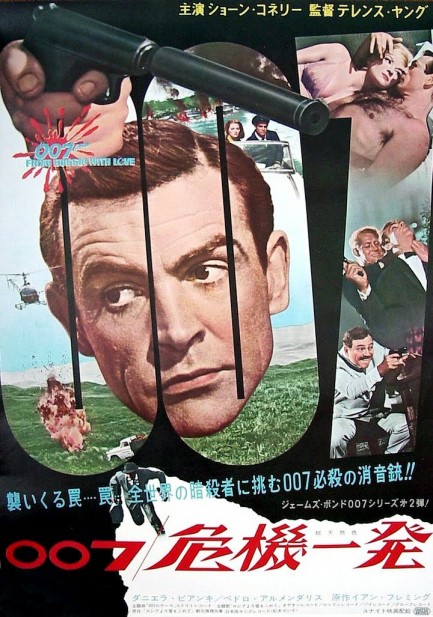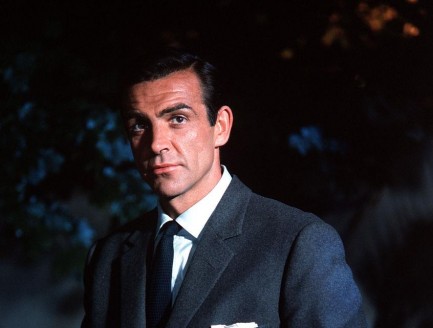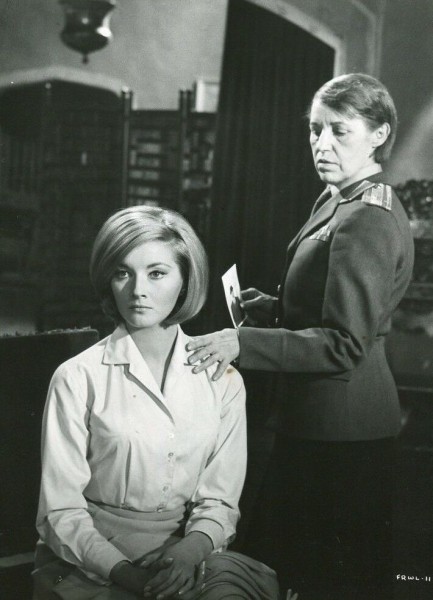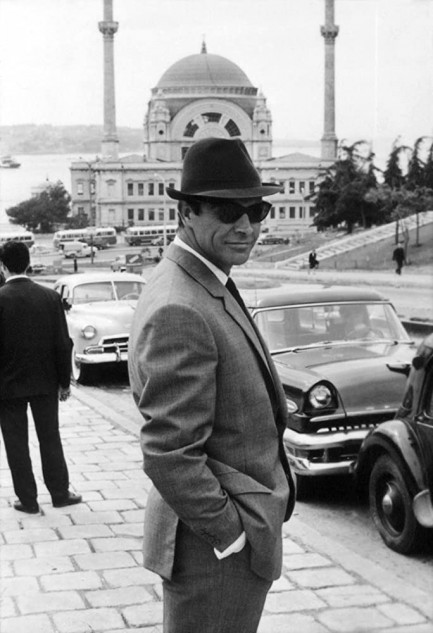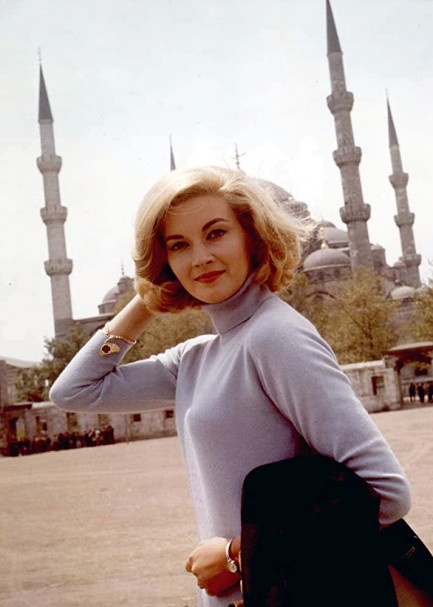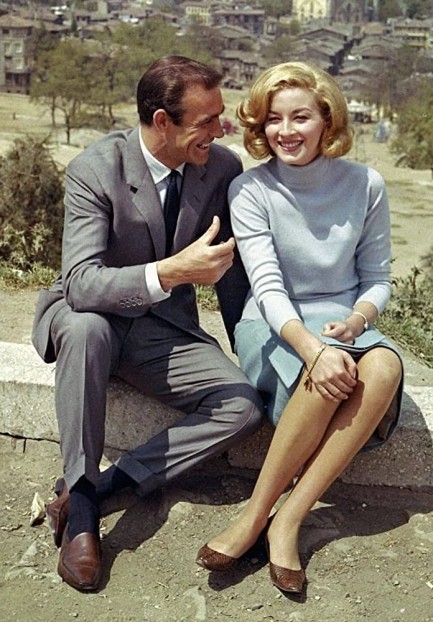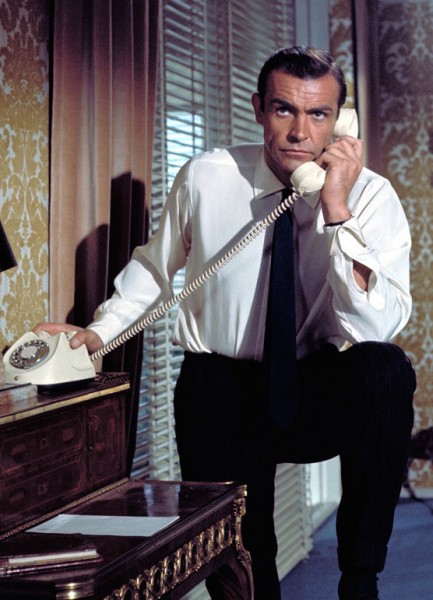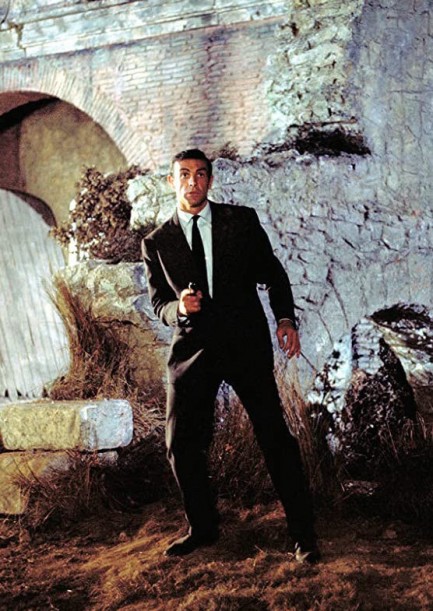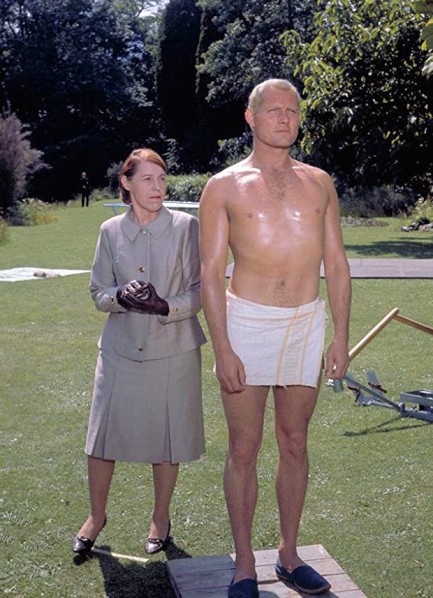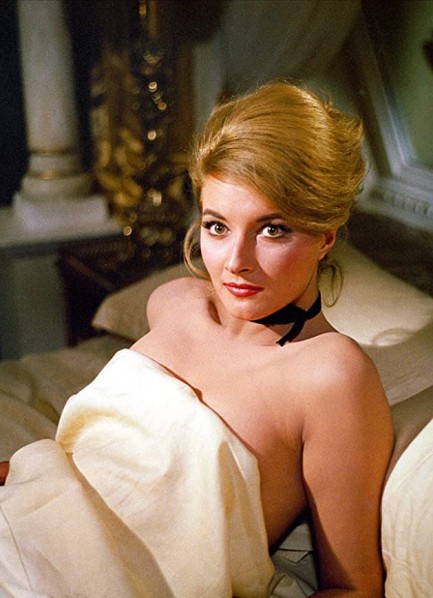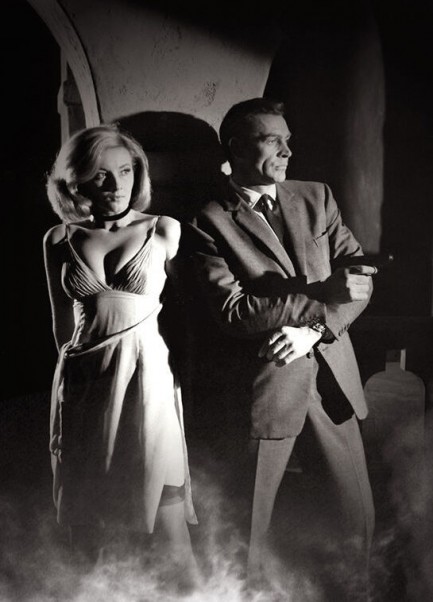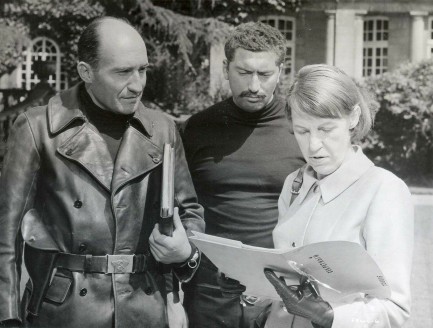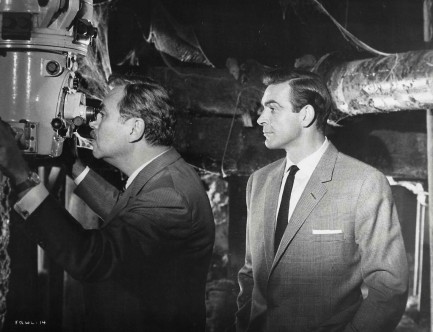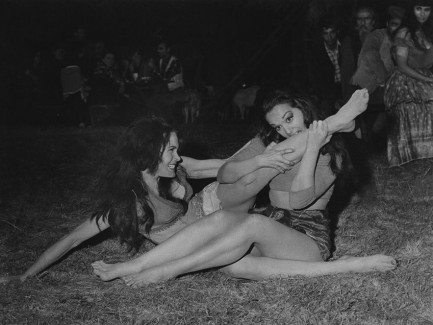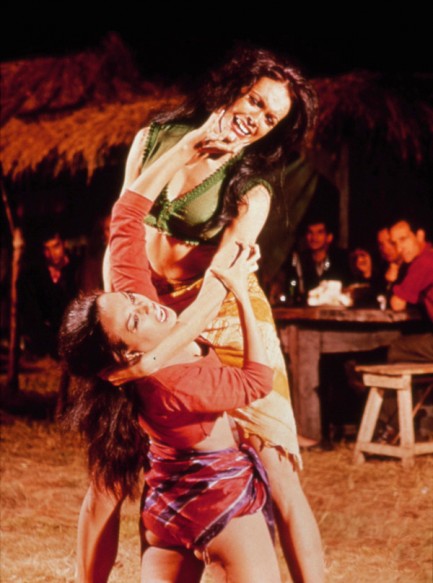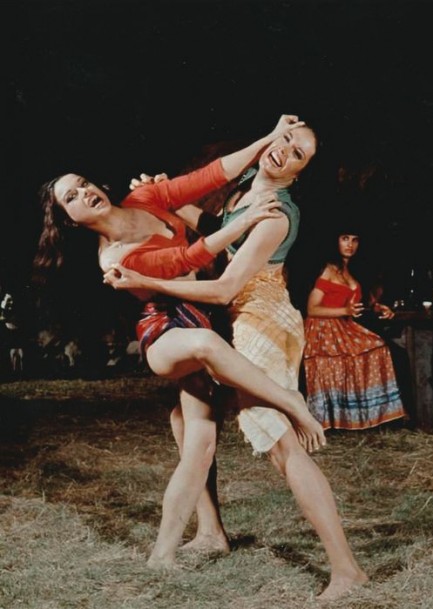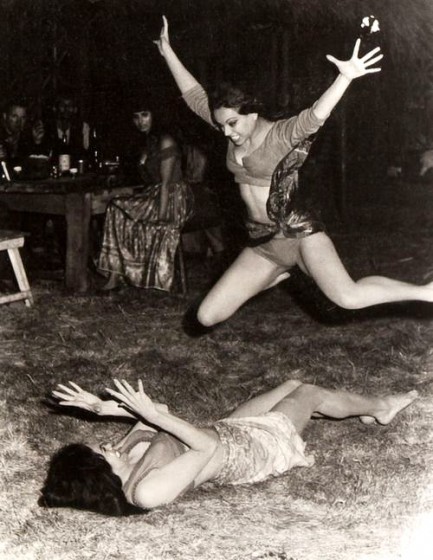| Vintage Pulp | Apr 27 2020 |

They both like the beach, poetry, spicy food, and slaughtering cruel despots. They'll make a perfect couple.
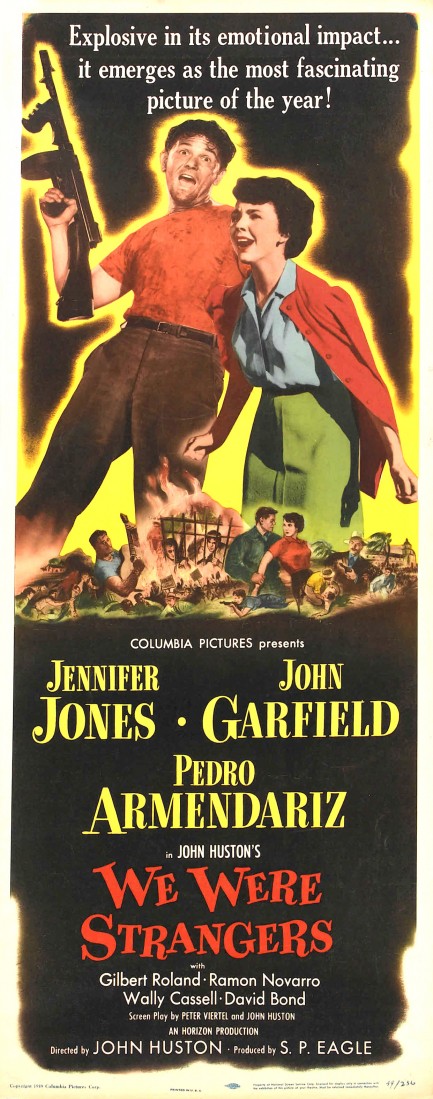
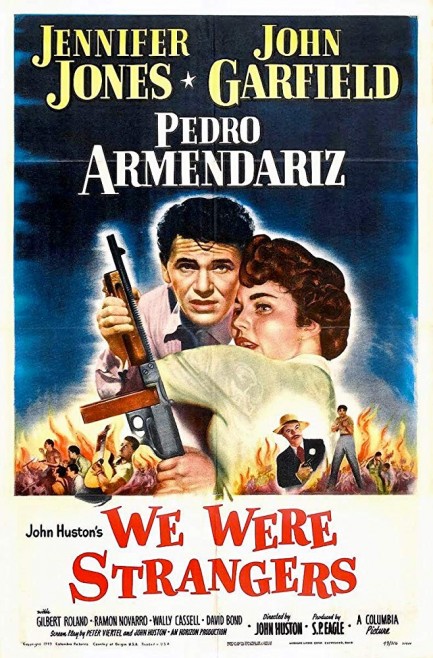
The above posters for We Were Strangers, one of which seems celebratory and another that is more dramatic, could give the impression of a studio that wasn't sure what kind of film it was trying to market. Legendary director John Huston made a habit of confounding executive suites, and here produced a film that probably came close to sending studio bigwigs plummeting in despair off high ledges. The story is set in Cuba during the early 1930s rule of dictator Gerardo Machado y Morales, and deals with revolutionaries who devise a plot to tunnel from a house near a graveyard to the site of a funeral they know the president will attend, and blow him to kingdom come with dynamite.
The movie stars John Garfield and Jennifer Jones, and is beautifully shot, but the characters aren't well written, nor are the performances sufficiently involving. There's nice action, though, especially at the climax. Since the central personalities are revolutionaries in Cuba, many critics denounced the film as Marxist propaganda, which it really isn't. It's just historical drama with unavoidable economic context. You wouldn't think it would be terribly controversial to say that for Americans to live income-wise far above the global average, substantial portions of the world must remain stuck below it, but on the other hand maybe it's understandable that we want to avoid thinking about how earning a nice profit is usually dependent upon others providing raw goods and hard work dirt cheap.
It's a shame the film isn't good enough to sweeten its message with high level drama and thrills. Huston was a workmanlike director who, despite helming numerous classics, wasn't any sort of auteur. He tried to tell stories in ways he felt was best for the material, but he also loved travel, which led him to accept projects based on the potential for exotic location work. Sometimes, as in The African Queen, he struck gold. Other times, as here, he spent a lot of investment capital and made a lot of Hollywood suits cry. We Were Strangers will be of interest to Havanaphiles, but in what was a famously up and down career, this effort comes out on the lower end of the Huston scale. It premiered in the U.S. today in 1949.
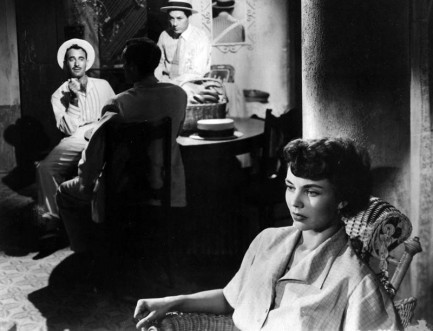
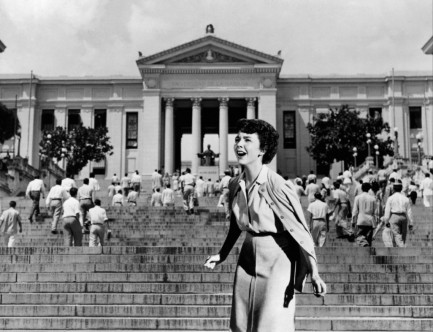
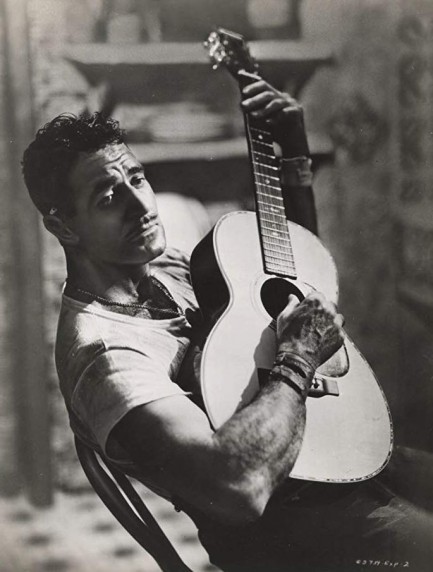
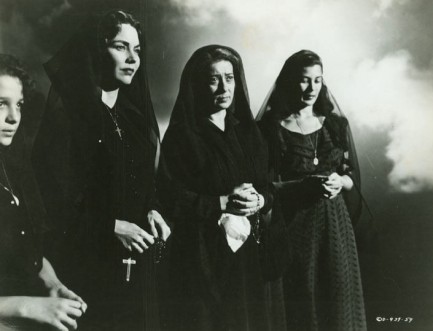
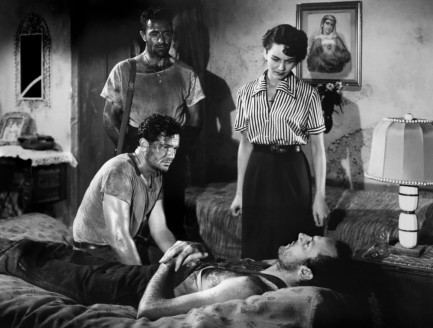
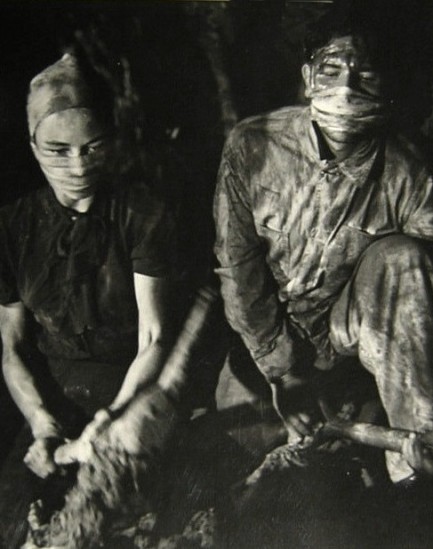
| Vintage Pulp | Apr 18 2020 |

James Bond heats up the Cold War in Istanbul.
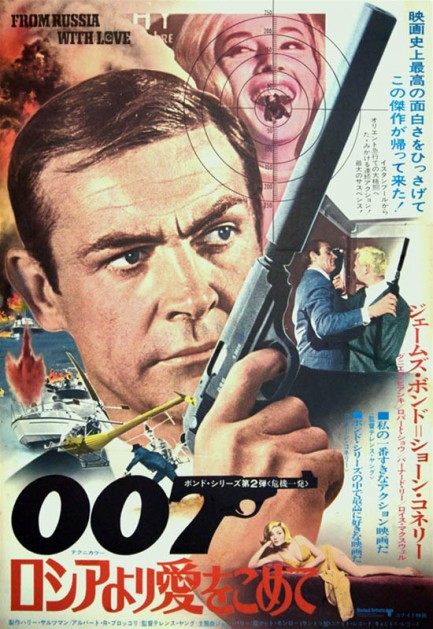
We take it on faith that everyone has seen all the old James Bond films, and that most people love them. But we haven't actually sat down and watched some of them in twenty years. So when we saw all these Japanese posters for 007ロシアより愛をこめて, also known as 007/危機一発, but much better known as From Russia with Love, we said why not take a fresh look at it like we'd never seen it before. Plus, you know, lockdown. Bond seemed like just the sort of reliable adventure we needed to spice up the idle hours. The film definitely proves that when it comes to action movies budget is almost everything, and a decent script helps. Call it Q=BS2. Budget and script squared equals quality. From Russia with Love scores well there.
We had forgotten how fun Pedro Armendáriz is as Ali Kerim Bey, Bond's counterpart in Istanbul, which is where much of the film is set. Interesting factoid about Armendáriz: he'd been diagnosed with cancer and was already fatally ill when he made the movie. After filming he shot himself to skip the suffering that was on tap and never got to see the finished product. Another bit of trivia is that Eunice Gayson, who was reprising her role as Sylvia Trench from the earlier Dr. No., was supposed to appear in six films, serving as Bond's recurring love interest and the central figure in a running gag. In short, every time Bond would try to get hot and heavy with her, headquarters would interrupt and call him away, leaving the loyal Gayson serially unfulfilled.
We love that idea, but studio heads changed their minds, possibly because they wanted to make Bond a little sluttier than originally written. Don't quote us on that, but it was the ’60s, after all. Make love not war. Of course, in the end, Bond makes both. In any case, if you have time to kill, From Russia with Love might just do the trick. It's exotic, reliable, and familiar, but since you probably haven't seen it for years it will also be fresh enough to keep you interested. Also, Robert Shaw as the secondary villain doesn't hurt, nor does Daniela Bianchi as the primary female character, and Lotte Lenya as a Russian assassin with a dagger that extends from the toe of her pump is a hoot. Talk about the cruel shoes. From Russia with Love premiered in England in 1963, and reached Japan today in 1964.
